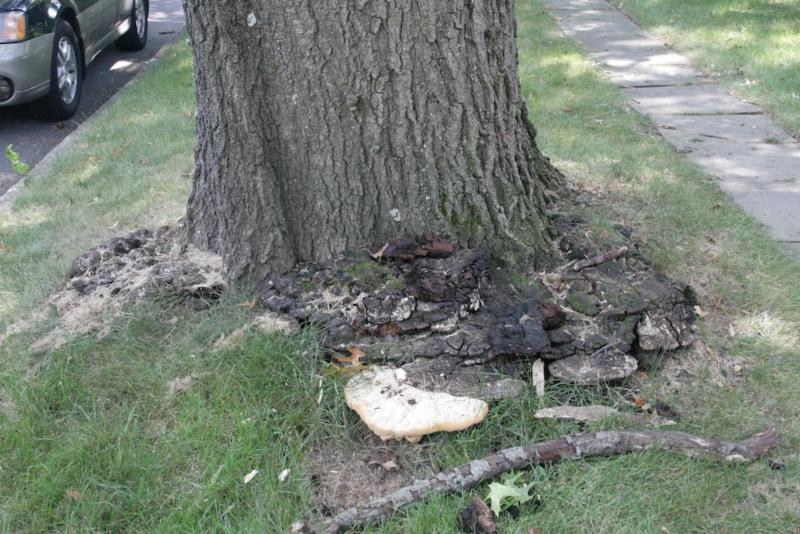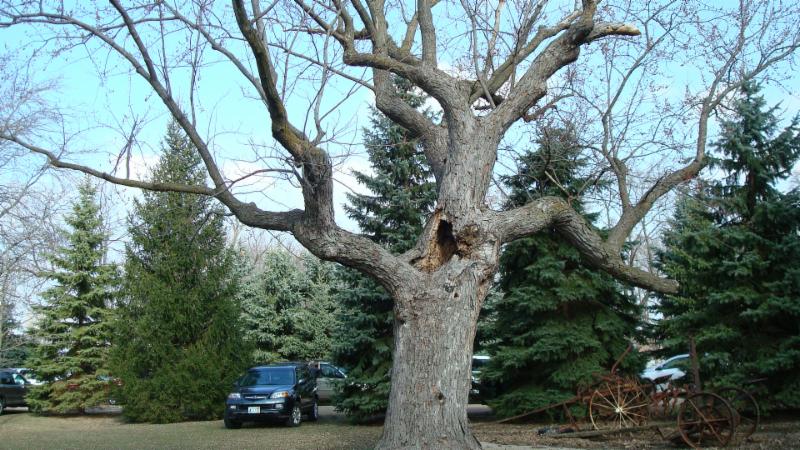It is very common for people to be afraid of trees simply because they are large. Even the most majestic tree can feel like a ticking time bomb to a homeowner waiting for it to topple. All trees have the potential to cause injury, damage, or to disrupt our daily lives. Does this mean we give our trees a pre-emptive whack just because we are in no mood to take chances?
People are all over the map in what they consider safe or not. The perception of risk varies considerably. Avoidance may seem the answer to all risks, but avoiding risks may also mean losing out on the potential gain that accepting (retaining) the risk may have allowed. Not entering into a business to avoid the risk of loss also avoids the possibility of earning profit. On the other hand, the owner of trees does have a legal duty of care to ensure that their trees are reasonably safe.
After many years of being confronted with this dilemma, the International Society of Arboriculture developed TRAQ, or Tree Risk Assessment Qualification. The amount of research on tree structure, heath, and biology has grown in leaps and bounds over the last decade. The tree risk assessor must attend classroom training and pass an exam in order to be qualified. Using this method, the "tree risk assessor" employs a systemic process to identify, analyze, and evaluate tree risk.
Using the TRAQ system, the tree owner is referred to as the "tree manager" and the arborist is the "tree risk assessor." The risk level, whether it be low, moderate, high, or extreme, is then communicated to the tree manager along with options for mitigation. The tree manager must decide what level of risk he/she is comfortable with. The final decision belongs to the tree manager. How we balance risk and benefits is really a management decision, not a tree assessment decision.
So what is the risk? Generally the risk is really, really low. In North America the death rate from being killed by trees is about the same as being struck by lightning, about 80-100 per year.
On the plus side, trees around a home can increase property value up to 15 percent, according to a 2009 Virginia Tech study. The net cooling effect of a young, healthy tree is equal to 10 room-size air-conditioners operating 20 hours per day, according to the U.S. Forest Service. In addition, a single bur oak can support up to 523 species of caterpillars which feed many birds such as chickadees.
In risk management we are trying to balance risks and benefits. Hopefully the new TRAQ system gives us more tools to retain trees, to demonstrate their value, and to help us decide when the risk is worth the benefits.
To find a TRAQ qualified arborist, go to the International Society of Arboriculture (ISA) website: www.isa-arbor.com and click the link to "Find an Arborist".

Extensive decay at the base of a boulevard tree may lead to root failure. People in cars, on the sidewalk and nearby structures could be possible targets.

A silver maple with extensive defects might be retained if all targets were removed, reducing the risk.

Trees may have special significance because of their historic, aesthetic or wildlife value. A valuable leaning pine is mitigated with props to reduce risk, rather than removed.